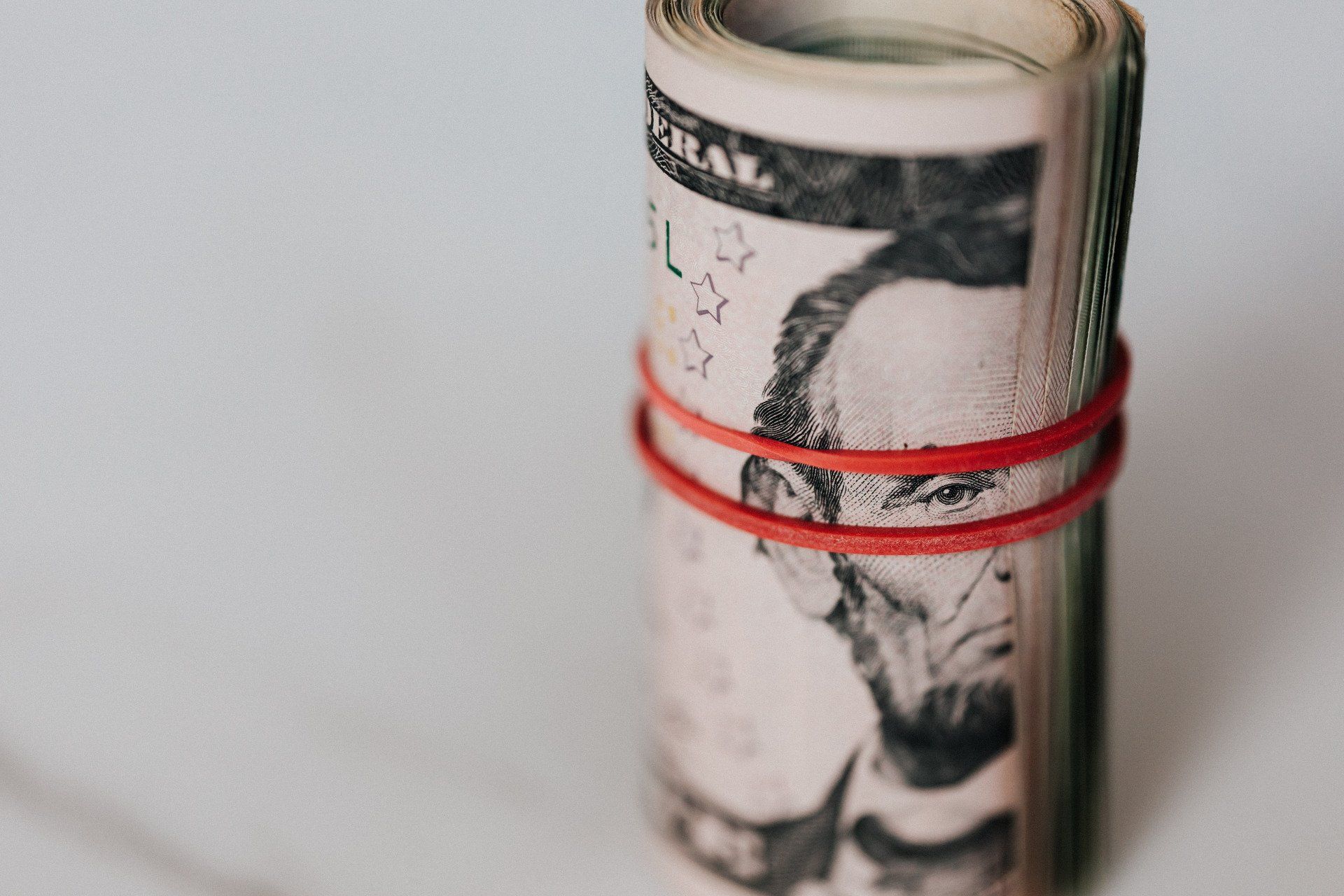
Let’s talk about Capital Gain Tax
CGT is one of those things that all property investors hate but eventually will have to pay if they sell one of their properties.
The best way around CGT is to understand it so you can structure your portfolio in a way where in the event of having to sell you can minimize the amount of CGT you will pay.

Investment Property (IP)
When you purchase an Investment Property you will want to time it the selling of that property in a way where you will save the most CGT. How?
The first tip is to sell the property only after at least 12 months. The reason for it is that if you sell your IP before 12 months of ownership you will be paying 100% of that CGT when if you wait for 12 months then you get a 50% discount.
Let’s put this into numbers.
Let’s say you purchased a property and within the first 6 month your property appreciated in price $100K if you decide to sell you property then you will have to pay CGT tax on the full $100K.
However if you wait 12 months then you will receive a 50% discount so you will only pay tax on $50K of those $100K that you made.
This applies if you own the property in your personal name or a trust.
Remember that your CGT tax is calculated using your tax bracket and takes into consideration your income.
This is where having a great accountant on your side will help you time the sale of the property in a way where not only you can minimize the CGT tax but the overall tax bill.
For example if you have received bonuses and a pay increase of that year, probably selling your property won’t help you save tax.
However if you wait for a year where you may have received a payment reduction or even was unemployed for a while then that year would be the best to time your property in order to help your tax.
Once again the best way to plan this is getting professional advice for your particular circumstances with a great accountant.

Principal Place of Residence (PPOR)
Your principal place of residence, PPOR, is one of the only assets that you will own that even when appreciates in value you will not pay CGT.
Now this will only be applicable if own the property on your personal name. However if you purchase your PPOR under a company or a trust you lose the ability of being CGT free.
Some people use their PPOR to clear up their property portfolio debt at the end in order to save on CGT.
I know what you must be thinking…
How on earth I will be living in the same home for the rest of my life?
Well there are some strategies that you can work with your accountant where you can move into another and rent out your PPOR for up to 6 years and still claim that as your PPOR.
For more details into this get in touch or call your accountant.

Superannuation
Another place where you can hold a property and don’t pay CGT is your Super.
For those that are not familiar with this, let me try to explain it very simply.
In Australia you are allowed depending on the funds you have in you Super to purchase a property using that money.
How?
Ideally is that you have at least $200K in your Super, now this could be as an individual or as a couple you could combine your incomes in order to reach that or more.
You will then open a something called Self Managed Superfund SMSF;
In simple terms you become your Superfund and you can basically invest that money in whatever you want.
Now when it comes to property you can use that money to buy a property and once you retire you can sell that property CGT free!! As long your property doesn’t pass the threshold of $1.6M per individual. This will apply to any assets you will hold in your super.
If you wish to learn more about this get in touch.
As you can see there are many ways to either minimize or not even pay CGT, however this will only work if you plan ind advance, at the beginning of your property journey so you know what to do and when to do it.
Accountants will only be able to help you if you help them first by planning what you wish to do.
Are you interested in property right now? Need to talk with someone?

share to



